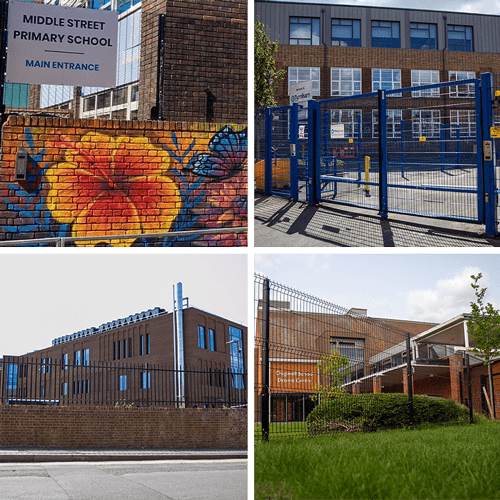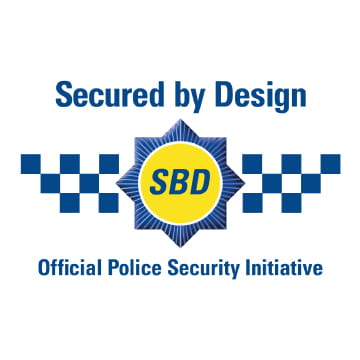Our other sites:
Creating a safe and secure school environment
There is no single blueprint for the perfect school, and each learning facility will have its own unique set of strengths and weaknesses. However regardless of the type of institution and the resources it can offer, one fact remains key – every school has a clear and direct responsibility to provide a safe and secure environment for its pupils and staff. The head teacher, facilities team, governing body and LEA all have roles to play in the implementation of an effective security strategy.
Our advice seeks to focus on the significance of effective physical security measures in delivering the required level of protection commensurate within a school setting. When children are admitted onto the school premises there is a duty of care to:
In addition to this, all physical security initiatives must also take into consideration the inherent need to create a secure site outside of school hours to deter criminal activity which might include acts of vandalism, theft, or even arson. According to the Arson Prevention Forum, arson attacks on schools are serious and frequent. 20 schools a week suffer an arson attack in the UK. A third of these happen during normal school hours and around 90,000 children are affected by school arson each year. As we witness more and more blatant attacks on schools, it is also worth bearing in mind the increased awareness amongst parents of the potential risks associated with a school site – and the importance being placed on security as part of the school selection criteria. We have only to look to the US to witness the strength of parent power in promoting an improved focus on school security. Parents from Sandy Hook, which was the site where 20 children tragically died in December 2012, set up the Safe and Sound Schools initiative to provide and promote safe and secure schools.
Security by design
In an ideal world, each and every school would be designed with security in mind. The reality is that many educational establishments have been actively operational for many years and at the time of their inception, understanding of site security was likely to have been distinctly lacking and almost certainly not a priority. However, regardless of whether a school is brand new or well founded within the community, risk assessments must be undertaken on a regular basis to constantly monitor and identify the level of risk. A comprehensive security survey should be carried out to assess:
Definitions of physical security
Physical security can be defined as:
Security measures that are designed to deny unauthorised access to facilities, equipment and resources, and to protect personnel and property from damage or harm (such as espionage, theft, or terrorist attacks).
Dictionary definition: Physical security involves the use of multiple layers of interdependent systems which include CCTV surveillance, security guards, protective barriers, locks, access control protocols, and many other techniques.
No two schools will boast the same physical security measures, each will be unique in its response to the specific range / level of risks identified that are peculiar to the site in question.
request a Quote
Are you working on a school or playground project that requires fencing and gates? We have a wide range of welded mesh panels, vertical bar railings, sports fencing, and anti-trap, RoSPA approved playground safe solutions. Browse our product range or request a free, no obligation quote here.
School Security FencingProduct QuoteRelated
We provide security fencing solutions for a wide range of educational establishments, from nurseries to universities. We have several pages focusing on areas of interest.
If you need help please contact our knowledgeable sales team.
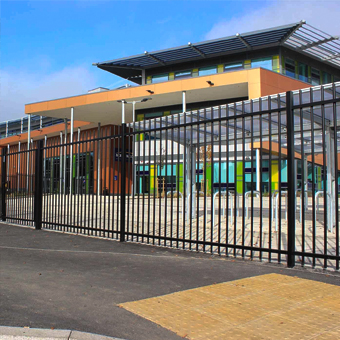
School Fencing Guide
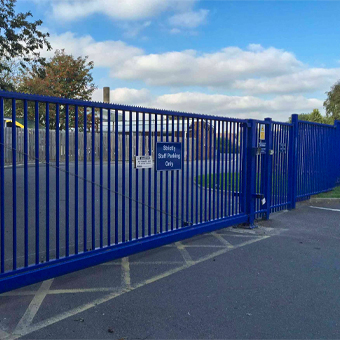
Automatic Gates at Schools
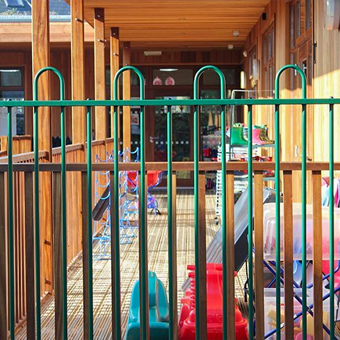
Is your playground safe?
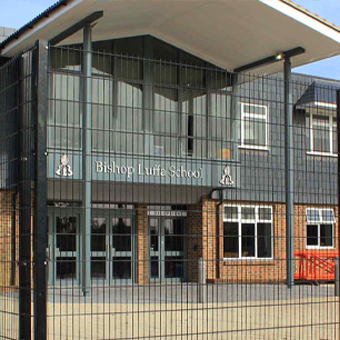
Choosing the Right Fencing in and Around School Grounds
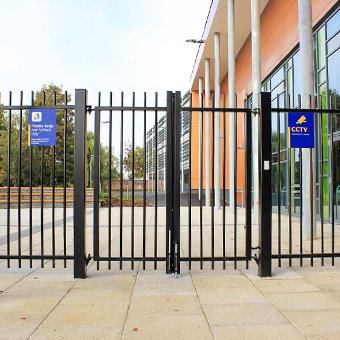
Creating a Safe and Secure School Environment
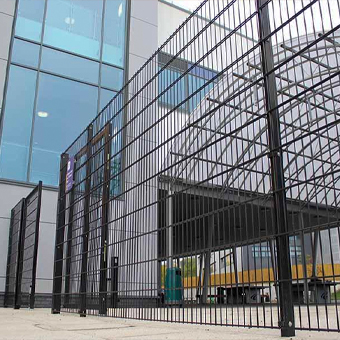
Fencing and Gates for Schools in Higher Risk Areas
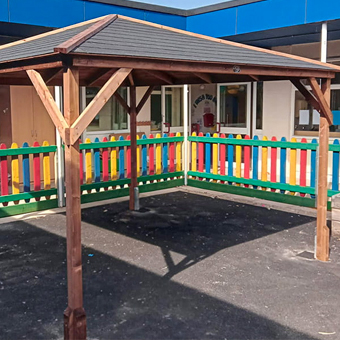
Is your playground safe?
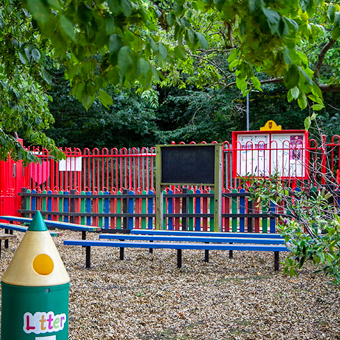
Outdoor Classrooms
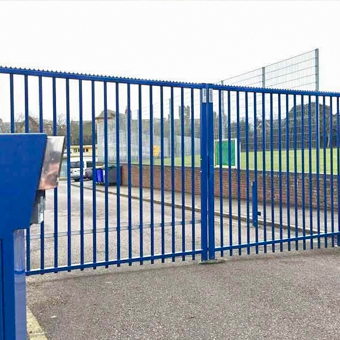
Playground Safety and Security
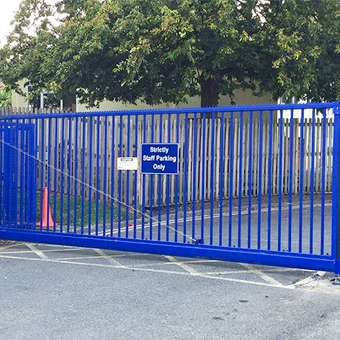
School Entrance Security Gates
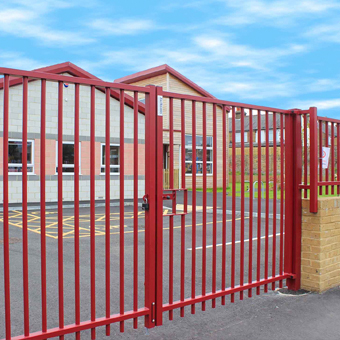
School Security - Its Beyond a Duty of Care
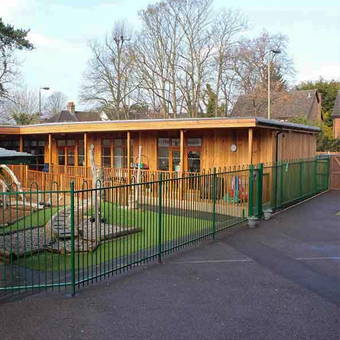
Sustainable School Fencing
Top
